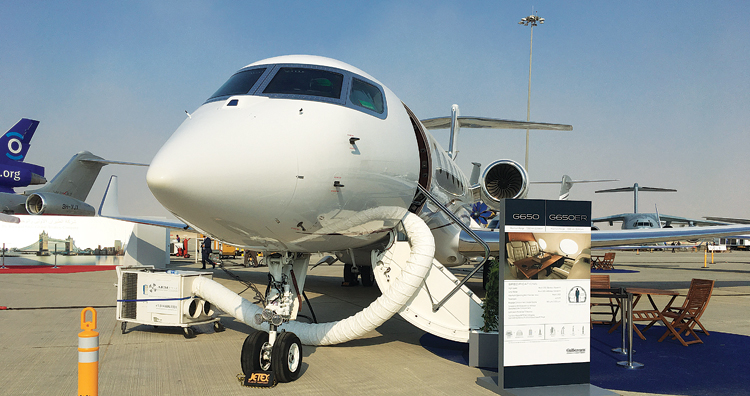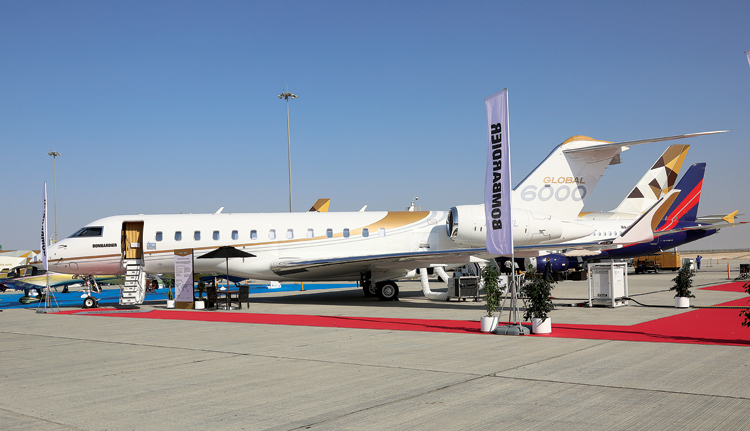INDIAN ARMED FORCES CHIEFS ON OUR RELENTLESS AND FOCUSED PUBLISHING EFFORTS

The insightful articles, inspiring narrations and analytical perspectives presented by the Editorial Team, establish an alluring connect with the reader. My compliments and best wishes to SP Guide Publications.

"Over the past 60 years, the growth of SP Guide Publications has mirrored the rising stature of Indian Navy. Its well-researched and informative magazines on Defence and Aerospace sector have served to shape an educated opinion of our military personnel, policy makers and the public alike. I wish SP's Publication team continued success, fair winds and following seas in all future endeavour!"

Since, its inception in 1964, SP Guide Publications has consistently demonstrated commitment to high-quality journalism in the aerospace and defence sectors, earning a well-deserved reputation as Asia's largest media house in this domain. I wish SP Guide Publications continued success in its pursuit of excellence.
Bizjet & Middle East
Nearly half of the aviation professionals surveyed said the Middle East private jet market is currently attractive for finance companies and projected a healthy growth rate over the next decade

Business jet usually do score sales at various air shows, but at the Dubai Air Show 2017 it was more of a holding pattern. Eclipsed by the sale of a possible 24 C series to Egypt, the focus shifted for the Canadian planemaker Bombardier to regional jets and the ‘save us’ deal between it and Airbus for giving a push to the narrow body platforms. And if Bombardier was content to trawl the market for a future impact and settle for a static display as well as share insight on the Global 7000, so be it.
As Embraer wrestled valiantly with the Airbus rescue of a cornered Bombardier and saw in it a positive spin for its share of the market, it also settled for showing off its triumvirate through the Legacy 500, the Legacy 650E and the Lineage 1000E in the display section. Again, the battle was enjoined over the regional market and Embraer who is now in the last stages of certification for the 114-seat E190-E2, felt quite chuffed that as customers compared price quotes, their option would come out on top especially since Airbus cannot come into the picture fiscally for some time.
Meanwhile, the sparks from Boeing and Bombardier concerning subsidies and tariff barriers, created a bonfire of vanities and captured the attention of the media and directly impacted on the customary sunniness that is projected between these two giant neighbours. This was a new turn for the books and worth speculation; where will they go from here? That the Canadians have decided to go in for a majority deal with Boeing’s French rivals, did not help douse the flames of poorly concealed outrage. The C series will ride ostensibly on the coattails of the Airbus A320 family and create a ‘hub and spoke’ option, something they both feel is viable.
ON THE WORLD MAP, THE GLOBAL BUSINESS AVIATION OUTLOOK FORECASTS UP TO 8,300 NEW BUSINESS JET DELIVERIES WORTH $249 BILLION FROM 2017 TO 2027
Both the platforms will compete for the demand for 450 aircraft in this category expected to be the Middle East market over the next decade. With power plants suffering in harsh climes; the sand and grit causing friction, the E2 E-Jets from Embraer and the Bombardier C Series, feature Pratt & Whitney PW1000G turbofans, whose bigger cases and higher bypass ratios allow for higher degree of preservation and the ability to withstand heat and dust.
Where did that leave the business jet market? Seen through the year as much like the curate’s egg (good and bad in parts), the big players saw Dubai 2017 as the seeding ground for the MEEBA 2018 exhibition also to be held in the same Emirate. Coming hard out of the gate will be the Global 6000 and 7000, the Challenger 600 for Bombardier and for Embraer their trinity will give a strong showing. Gulfstream with over 100 of its aircraft in location, its support system and presence make it a strong competitor and it will be seeking a niche market for its flagship, the G650 Business Jet which is a strong contender in the region. It intends to take on the Airbus Corporate Jet (ACJ) and the Boeing Business Jet (BBJ) from the big boys stables, proving that you cannot really refit a commercial airliner to Business Jet specs.

Cessna will be looking at marketing most aggressively its Citation Longitude aimed squarely at the large cabin segment and also seek hurrahs for its Citation Mark 2 light jet. Also reining in for now was Hondajet, Japan’s tough little mite currently being manufactured in Greensboro, North Carolina. The first half of 2017’s top seller it caught the eye of many a potential customer including several from the home country who have been impressed by its performance and loved its ‘nen’ factor (means the little things in cherry blossom land) and the happy price tag of $4 million or less.
Another reason for the go slow is probably because the region has the youngest fleet in the world of genuine Business Jets excluding wide-bodied conversions. Of the 430 aircraft in the air, almost half if not more, are less than ten years old. Place that against the current number of aircraft up for sale at 73 what with the demand for upgrading and seeking larger options and one can understand why there is this slowdown. The Middle East Business Jet market is resettling itself at the mid and large level and seeing considerable opportunity in the small segment where corporates and individuals of high net worth might see it as a viable fiscal alternative to the cost of commercial flying in terms of work and hours expended.

Research recently carried out by Business Jet financier Global Jet Capital, indicated a heartening upswing in the future. Nearly half of the aviation professionals surveyed said the Middle East private jet market is currently attractive for finance companies and projected a healthy growth rate over the next ten years. Brazilian manufacturer and major contender in the region, sees as many as 200 business jets required in the next decade even as some of them are absorbed by used aircraft aimed at the emerging level of executives and entrepreneurs. On the world map, the Global Business Aviation Outlook forecasts up to 8,300 new business jet deliveries worth $249 billion from 2017 to 2027. This is a drop of two to three percentage points from the 10-year forecast of 2016 and indicates the uncertainty of peace in the area and the reduction in spending money. Possible customers are hedging their bets. Much will depend on the oil prices, the liquidity in the market and the growth of the region’s infrastructure. At present half the fleet in the Middle East is either registered in UAE or Saudi Arabia and unless the needs of the high net worth traveler are met with and there are more than half a dozen pairings, there will be a break on the predictions being realised.
The one advantage that spurs the market in the Middle East unlike those in the US and Europe, is the limited affection for fractional ownership model because of a mindset that prevails in the region. Sharing is still seen as infra dig and is discouraged. This underscores the one in three private and corporate ownerships who have, according to a Honeywell survey, factored in a sale for a new purchase over the next two to five years, the time span in which the region will see its next spurt in the business jet market.





